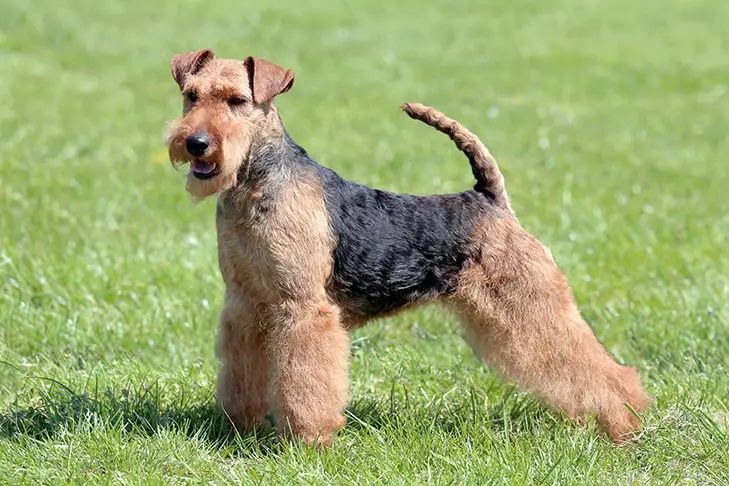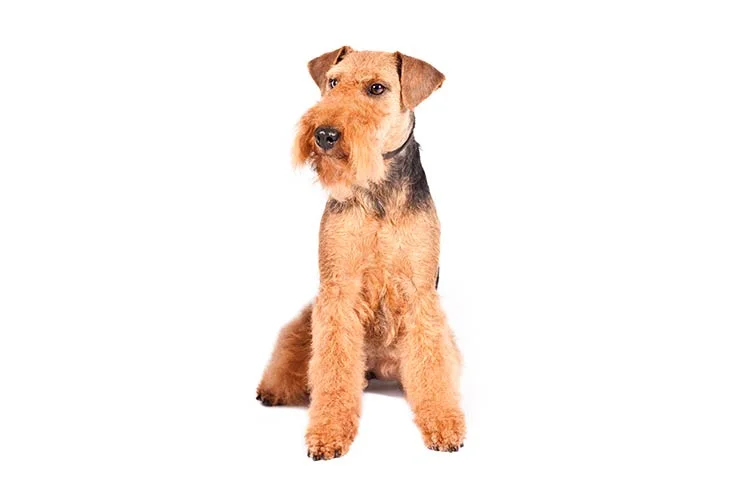The Welsh Terrier is just as vigilant and lively as any other self-respecting terrier, yet it’s a little less aggressive than most. The Welshman was developed to take on badgers, otters, and other challenging foes. Welsh is built in the traditional style of Britain’s long-legged terriers, being sturdy, compact, and hardy with a tight-fitting black-and-tan coat and a rectangular head having folded ears and a jaunty beard. They are slightly taller than the Lakeland Terrier but considerably shorter than the powerful Airedale, standing around 15 inches at the shoulder. But all three breeds are related; some believe that the Old English Black and Tan Terrier, a long-extinct breed, is the ancestor of all British terriers, including these three.
Welsh Terrier
Average sizes and life
expectancy of the breed.
Height
15 inches (male)
proportionally smaller (female)
Weight
20 pounds (male)
proportionally smaller (female)
Life Expectancy
20 pounds (male)
proportionally smaller (female)
Breed Traits & Characteristics
About the Breed

Owning a dog is not just a privilege; it’s a responsibility. They depend on us for, at minimum, food and shelter, and deserve much more. When you take a dog into your life, you need to understand the commitment that dog ownership entails.
 Health
Health
Recommended Health Tests From the National Breed Club:
- Primary Lens Luxation(PLL)
 Grooming
Grooming
 Exercise
Exercise
 Training
Training
 Nutrition
Nutrition
History
Welsh Terriers may have existed before the 1700s, although it is impossible to pinpoint their exact origin. In the isolated mountainous region of northern Wales, they were developed specifically to hunt fox, otter, and badger. Welsh Terriers were well-suited for the job of squaring up against razor-toothed, razor-clawed prey because to their muscular forequarters, punishing jaws, and characteristic terrier bravery. Digging enemies out of their burrows—especially deadly ones like badgers—was not a task for meek dogs.



